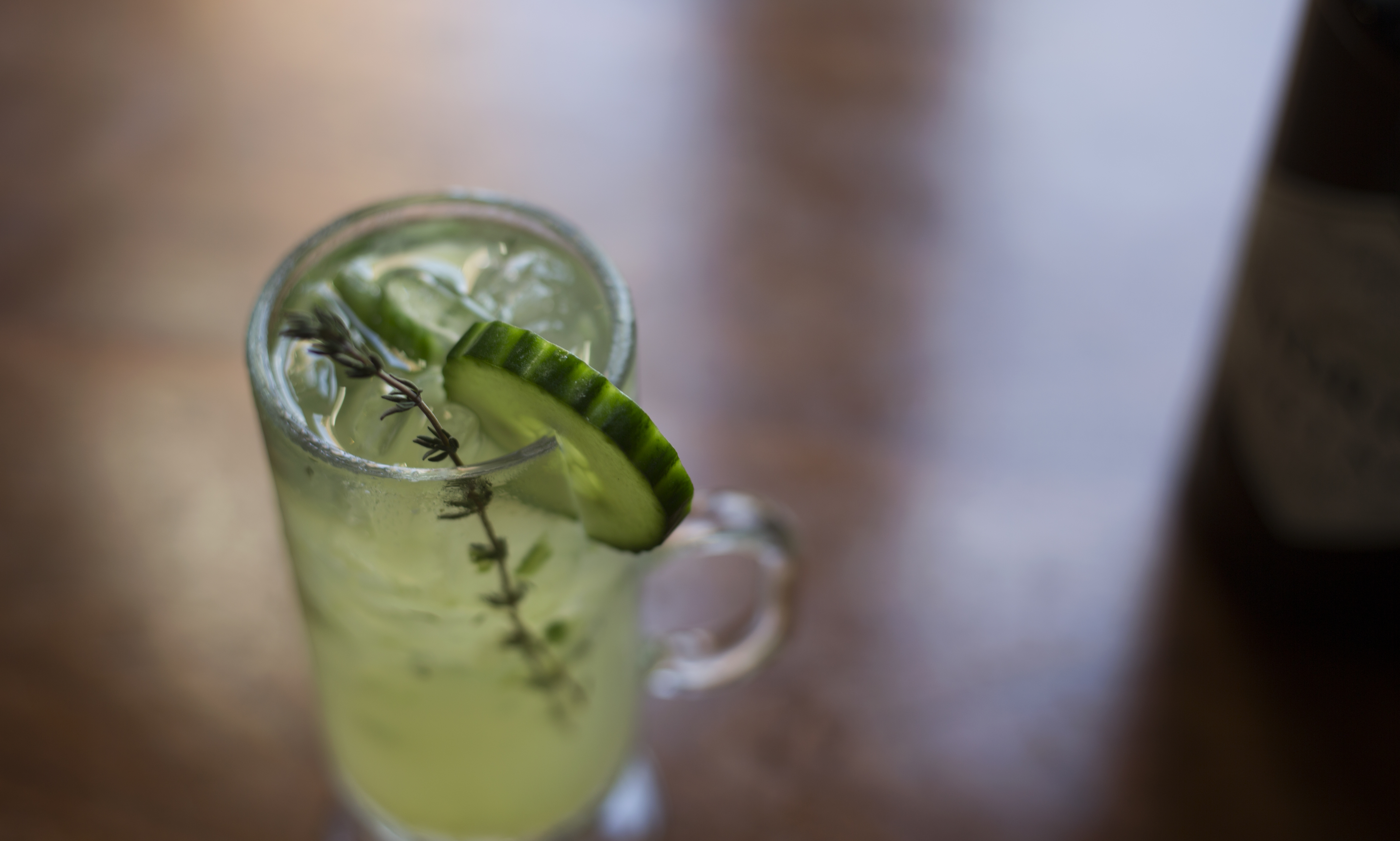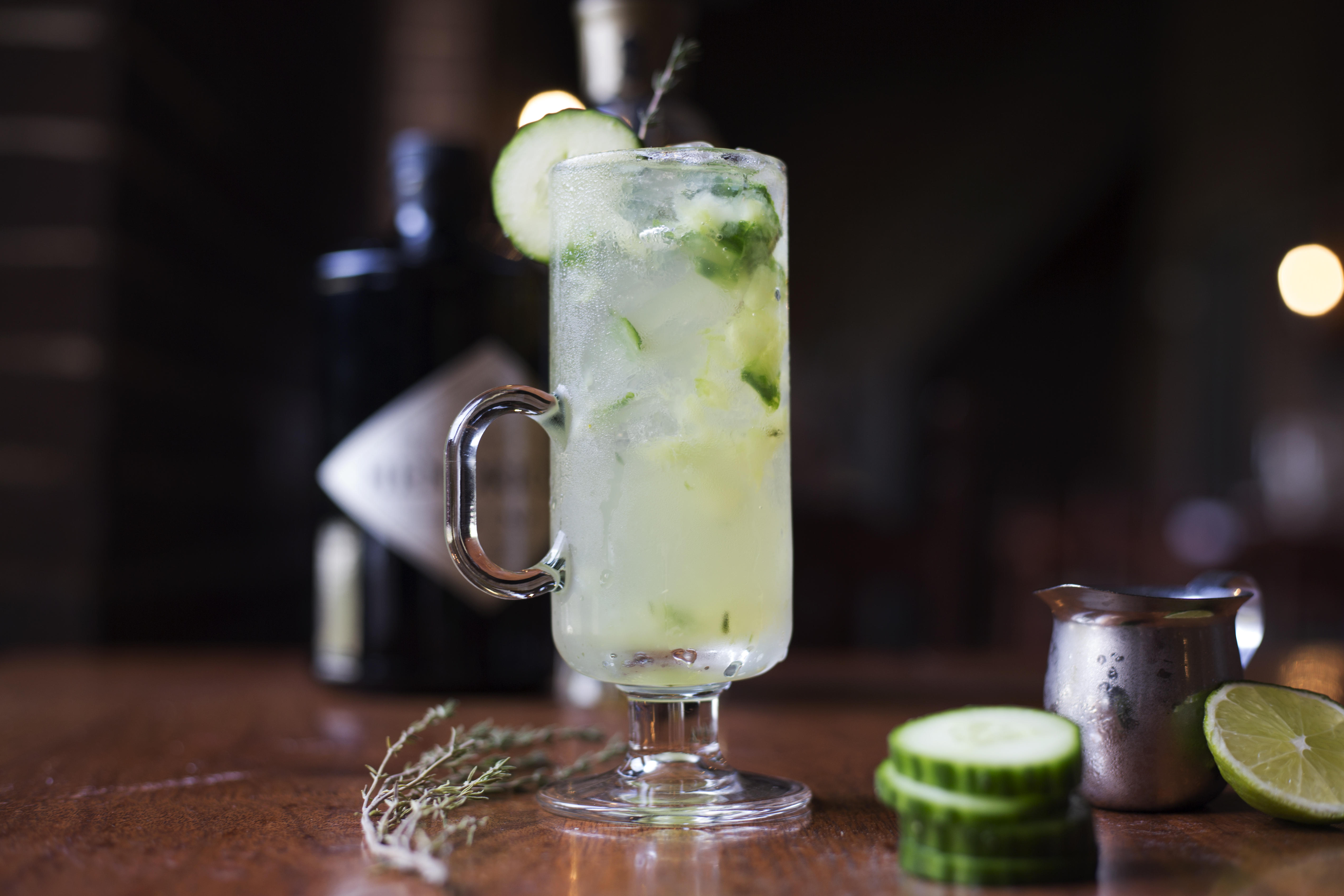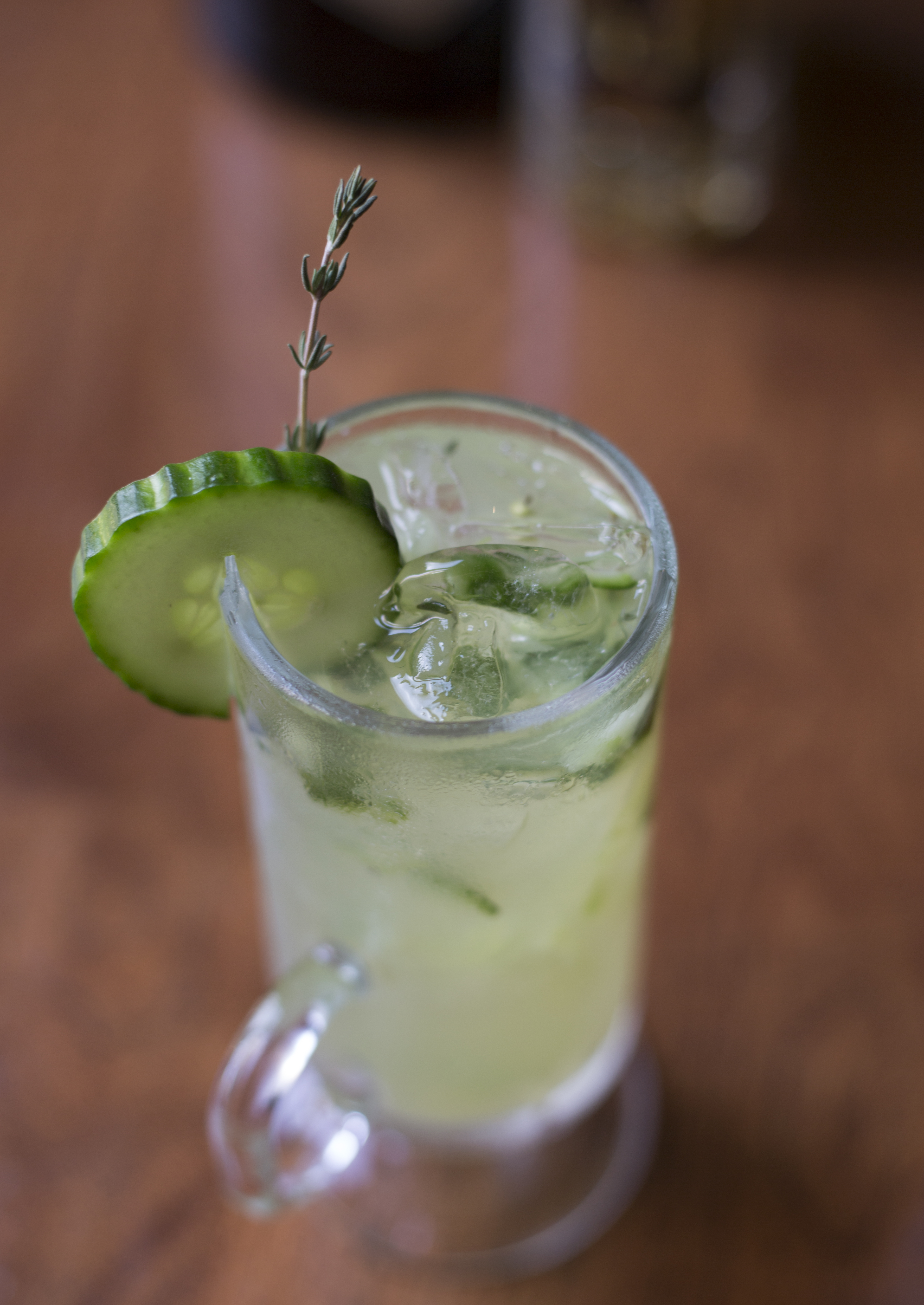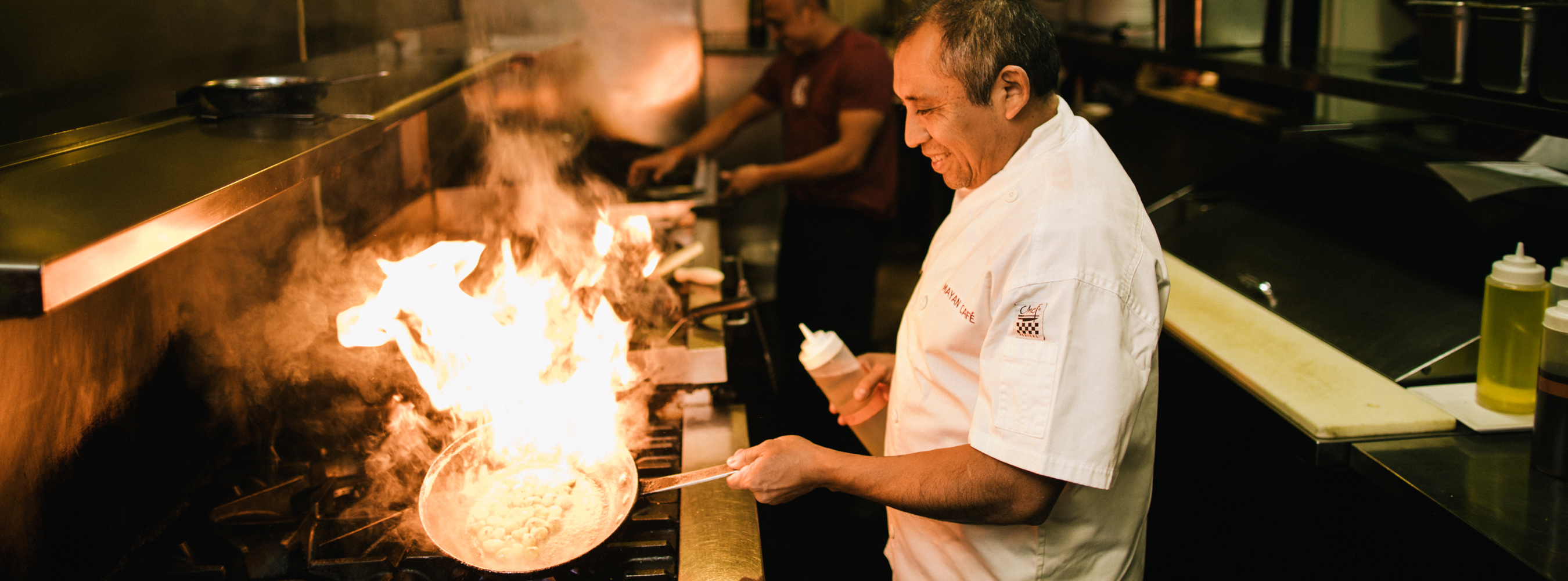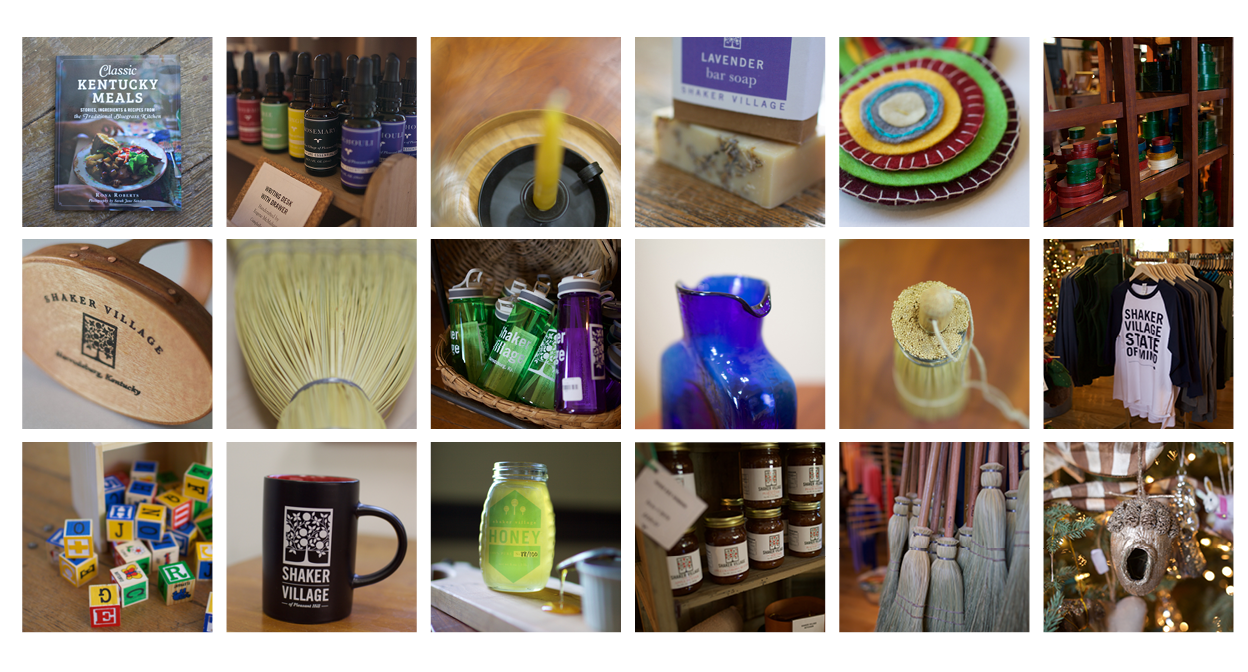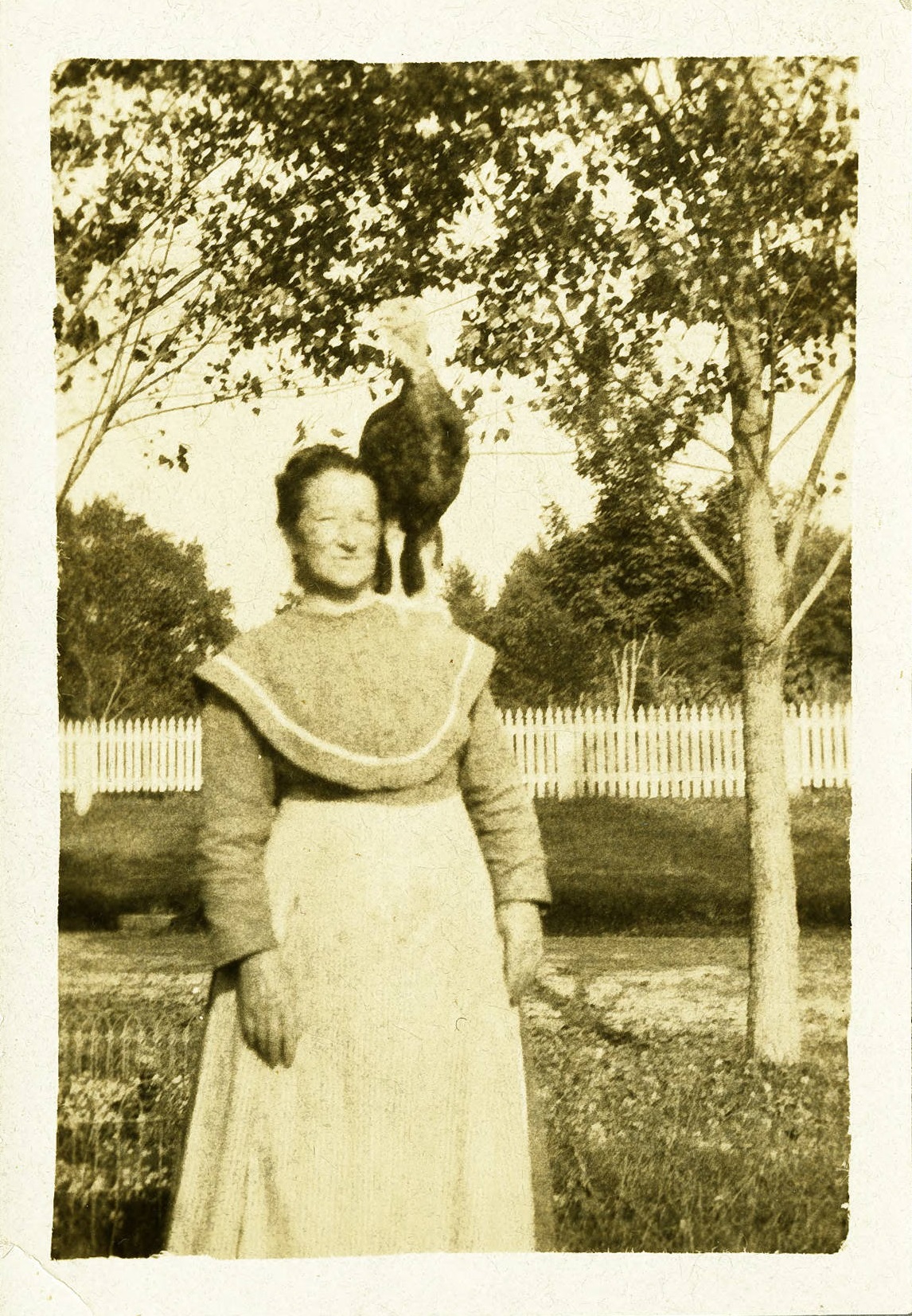
Shaker woman with a turkey on her shoulder. Photo courtesy of Hamilton College.
While it may come as a surprise to some, turns out, the Shakers knew how to enjoy the holiday season just as well as the rest of us! Just in time for Thanksgiving, here are some Shaker-inspired tips to help make your holiday season a success.
SHOP LOCAL
If you’ll be doing your shopping at a grocery store, consider opting for locally-raised products, or, take things a step further by sourcing the ingredients you need from a farmers’ market or your own garden. While the Shakers relied upon their own fields and farmyards to sustain themselves year-round, they also looked to their neighbors to help supply wanted foodstuff. Just before Thanksgiving in 1881, two Pleasant Hill sisters and one brother purchased turkeys from a local man named John Lapsley. While journal accounts tell us the Shakers had to catch their choice “gobblers,” at 75 cents a bird, it appears the purchase was well worth their efforts. And then, of course, you can’t beat free, so if, like the Shakers you happen to have a “kind good neighbor” who’s willing to provide you with 34 pie-worthy pumpkins—free of charge—like Shaker neighbor William Crutcher did in 1889, accept the gift freely (no pun intended…okay, maybe it was) with grace and gratitude.[i]
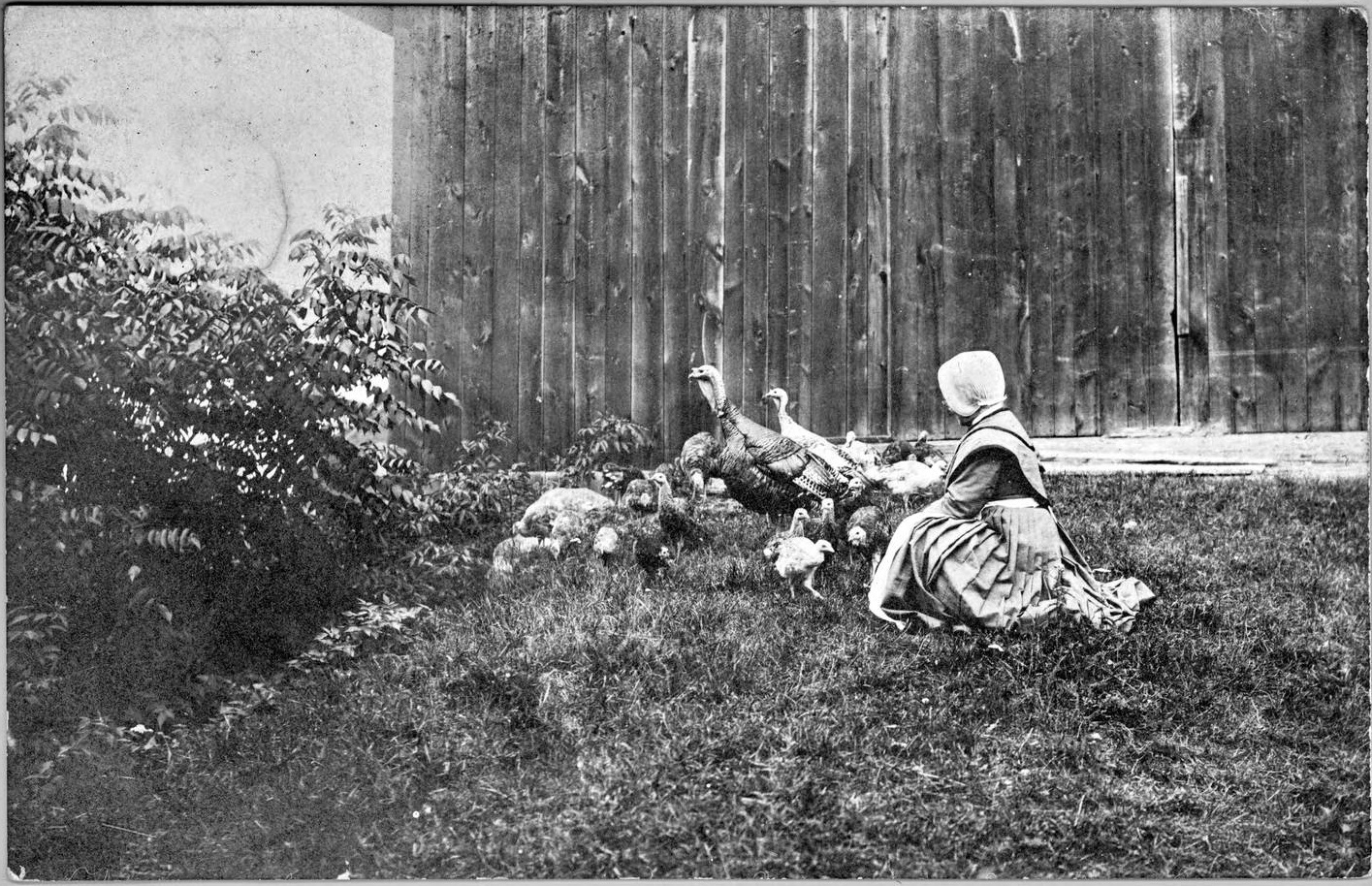
Shaker sister with turkeys and chicks, Canterbury, New Hampshire. Postcard image courtesy of Hamilton College.
FIND A SIMPLE RECIPE
Although you may not have one of their stone tables on which to roll your pie crust, you may still have something in common with the Shakers if you plan to serve apple, sweet potato or pumpkin pies this Thanksgiving. However, if, like me, you’re um…shall we say “baking-illiterate,” you’ll probably want to get your hands on the easiest pie recipe as possible. In case you’re still in need of some simple pie instructions for the holidays, why not consider this Shaker-written “recipe” for a regional Kentucky classic?
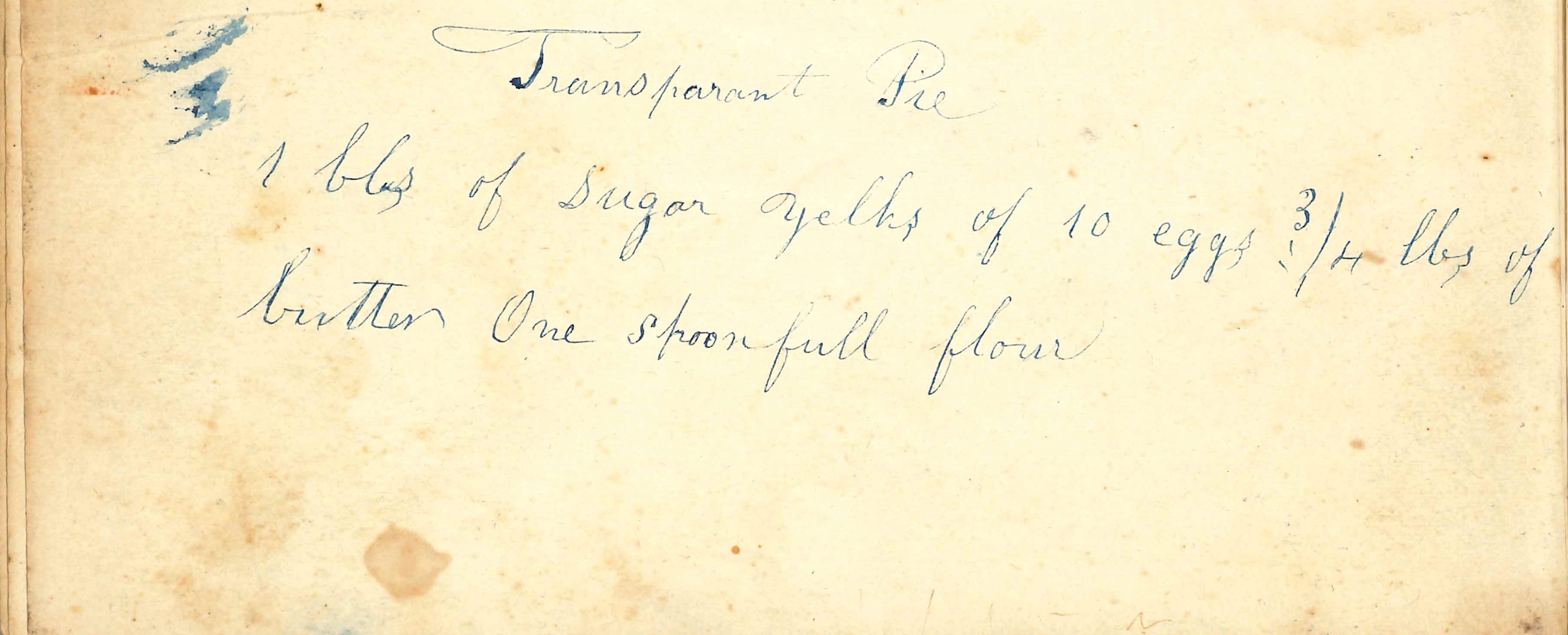
Transcription: Transparant [sic] Pie/ 1 bls [sic] of sugar yolks of 10 eggs ¾ lbs of/ butter One spoonfull [sic] flour
Though not required to practice vegetarianism, some Shakers, like Pleasant Hill’s Dr. John B. Shain, kept to a meatless diet, opposing—among other things—“flesh, fish and fowl.”[ii] Like my family, will there be a vegan, vegetarian or gluten-free friend at your table this Thanksgiving? If so, try to embrace the Shaker spirit of hospitality by providing a variety of options for guests with dietary restrictions.
PICK UP AROUND THE HOUSE
If you plan to host company, you may want to clean up a little…just a little. While today our consciences—and dusty coffee tables—are often what motivate us to tidy up, the Millennial Laws required the Shakers to clean on Thanksgiving Day:
Ye shall attend one meeting on Thanksgiving Day;
and the rest of the time shall be employed in cleaning
up, and putting things in order. And ye shall in no
wise slight this important duty.[iii]
On the other hand, if you find yourself strapped for time, or—oh, I don’t know—distressed by the weather, perhaps cut yourself a little slack and leave the cleaning for another day like the Shakers did in 1889:
November 28, 1889, It began to snow last night & continued all day…This was Thanksgiving day. An awful day it was. We had Meeting at 10 o’clock A.M. Was to clean up after dinner but the weather was so bad we could not.[iv]
TAKE CARE WHILE SETTING THE TABLE
Need some help with your table settings? Included in the loose recipe pages of Volume 40, “Directions for Placing Dishes on the Table” can help make setting your table at the holidays as easy as it was for the Shakers. While the full instructions which can be found in A Modern System of Domestic Cookery, or the Housekeepers Guide (1824), my advice is to stick to the final rule on the list:
Note_if more than the above number of dishes [twelve] are required,
the manner of laying them on the table must in a great
measure depend on the taste of the dresser.
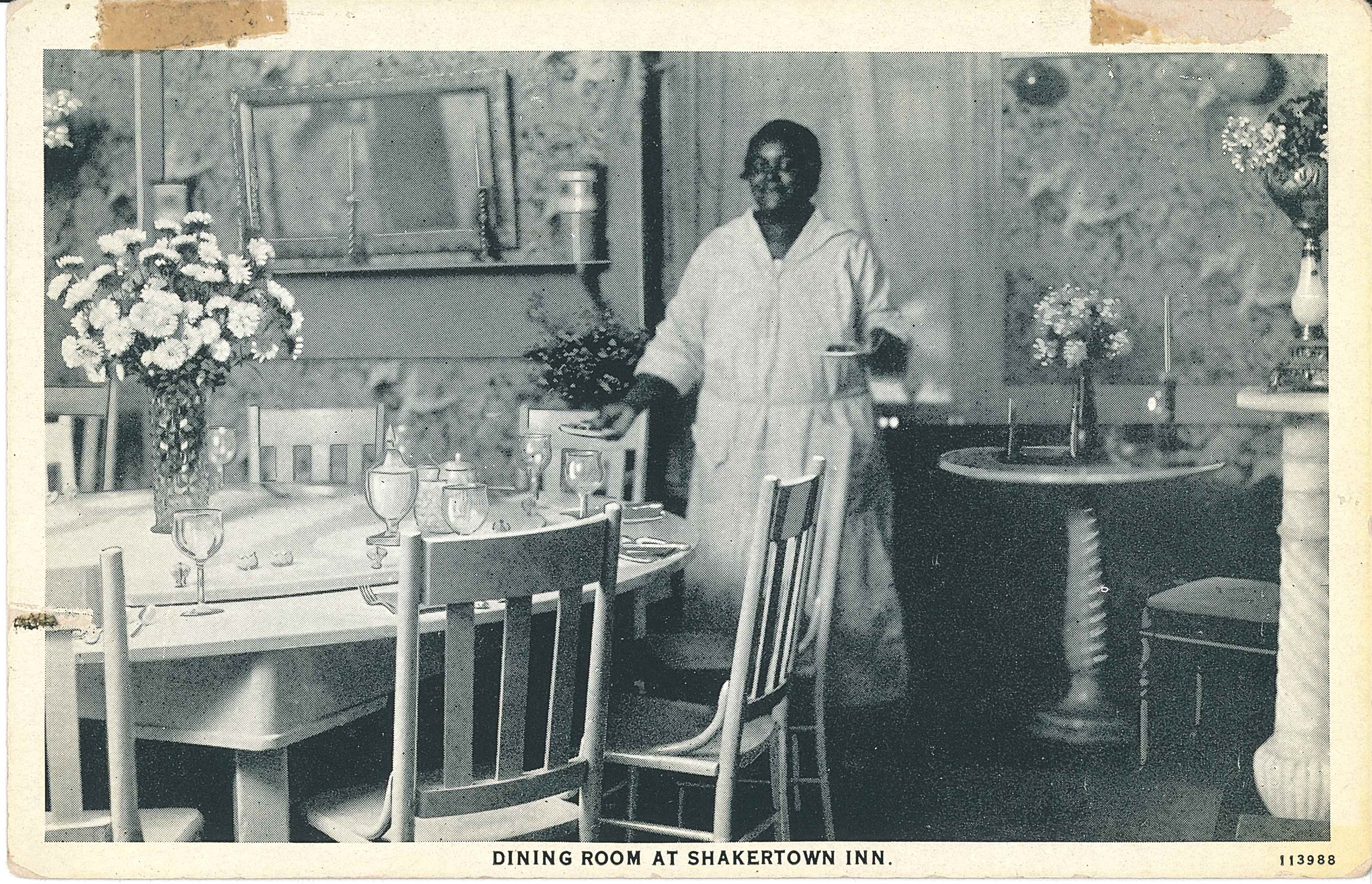
As is the case in this postcard of the interior of East Family Dwelling while operating as Shakertown Inn (ca. 1919-1940) “Directions for Placing Dishes on the Table” suggests flowers and centerpieces “invariably” be placed at the middle of the table.
GATHER + GIVE THANKS
Finally, after all the preparations are done, your table is set, your turkey—or Tofurky—has made its way onto the serving tray and all are seated, pause to remember why you’ve gathered. Each Thanksgiving, the Shakers came together for a society meeting, during which they would sing, give thanks and enjoy “social and spiritual union.”[v] At 1891’s meeting, the brothers and sisters of Pleasant Hill were reminded of a sentiment which, 126 years later, still remains true for many of us today:
We have indeed been blest in “our basket and store-hours,” also with good health, and reasonable prosperity; we have good Brethren and Sisters, and should, each one, pray that the same blessing that we are enjoying, may be accorded us in the future, and that we may be able to make each other’s path brighter, and their burden lighter. [vi]
ENJOY YOURSELF, BUT NOT TOO MUCH…
Last, but certainly not least, dig in and enjoy yourself! Depending on how large your turkey is, your feast may last for days or even months! Such was the case for the Pleasant Hill Shakers in 1887, when turkey was so plentiful they prepared “a very fine Turkey dinner” for Thanksgiving, Christmas and New Year’s! Then again, be cautious not to eat too much this holiday season. After all, as a Shaker elder once warned, “the annual feasts of Thanksgiving and Christmas… seldom or never pass without extra work for the physician if not for the undertaker.”[vii]
Join us! December 6-23, 2017 for Holiday Buffet Lunches at The Trustees’ Table. Reservations are encouraged.
Emálee Krulish, Archivist
[i] Journal, March 1, 1881-April 30, 1885, Filson Historical Society, Volume 20
[ii] “John Shain discourse on food and the taking of drugs as medicine,” Filson Historical Society, Volume 37
[iii] “The order of Christmas, Thanksgiving days, etc. etc.,” The Holy Orders of the Church, October 1842
[iv] Journal, May 16, 1889-December 2, 1890, Filson Historical Society, Volume 22
[v] Lucy S. Bower to Margarette Davis, December 1890, The Manifesto, Volume 21, Number 2, February 1891
[vi] “Pleasant Hill, Ky.,” November 1891, The Manifesto, Volume 22, No. 1, January 1892
[vii] “The Food We Eat, No. 4,” Elder Henry C. Blinn, The Manifesto, Volume 29, No. 6, June 1899
